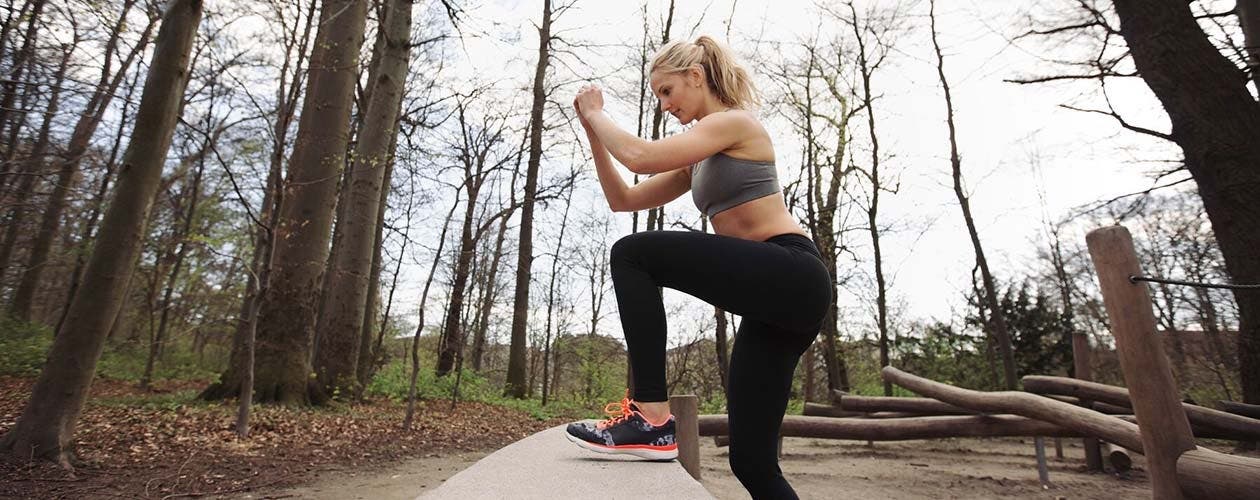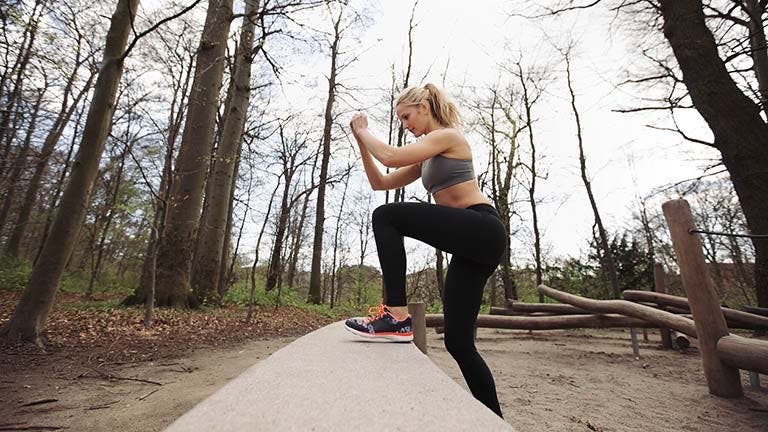How to lose fat and build muscle


Can you gain muscle and lose fat?
While many people choose to focus their efforts on either building muscle or losing fat, it is possible (although not always easy!) to do the two simultaneously. This is called body recomposition.
What is body recomposition?
Body composition describes the amount of fat, bone, water and muscle in the body. A healthy body composition is one that includes a lower percentage of fat and a higher percentage of non-fat mass. Because it takes more than just total body weight into account, body composition is seen as a more accurate representation of health than BMI calculations.
Body recomposition is an approach to weight loss that emphasizes the importance of not just losing weight, but losing fat and gaining muscle at the same time. Rather than just cutting calories and upping cardio workouts, body recomposition relies on eating a high-protein diet and incorporating strength training workouts into your exercise routine. The results are a stronger body and a more toned and sculpted physique.
What to eat to lose fat and gain muscle
A high-protein diet is the best way to facilitate fat loss while supporting muscle gain. Here are a few things to keep in mind...
Eat protein every day
Protein is a macronutrient that’s used by the body to maintain existing muscle and build new muscle. It’s therefore essential to make sure your diet includes high amounts of protein, and lower amounts of carbohydrates and fats. Lean meat is a great source of protein, so meat-eaters should build meals around the likes of chicken and turkey breasts, fish and seafood. Vegetarians, meanwhile, can get protein from eggs and dairy, while vegans can load up on nuts, seeds, beans and pulses.
Avoid processed foods
Highly-processed foods like crisps, sweets and fast food tend to be high in fat, sugar and carbs and low in protein, so they’re best eaten in moderation when you’re focussing on body recomposition. That’s not to say your favourite foods are off-limits entirely, though. By planning a few “treats” into your week, you’ll ensure you stay motivated and on-track to smash your goals.
Eat more fibre
Fibre-rich foods have a tonne of health benefits, no matter what your weight loss objectives are. They’re associated with a lower risk of heart disease, stroke, type 2 diabetes and bowel cancer, for example. What’s more, foods that are high in fibre tend to keep you fuller for longer, so you’re less likely to reach for fatty or sugary snacks in-between meals. Examples of fibre-rich foods include wholegrain breakfast cereals, beans and pulses, and most fruits and vegetables.
Weight training for fat loss
While cardiovascular exercise is most often associated with fat loss, weight training can also help you lose fat. This is because the more muscle we have, the more calories we burn - even at rest.
How to exercise to build muscle
Strength training is crucial if you want to build muscle. The process of increasing muscle mass is often referred to as hypertrophy. By strategically implementing consistent workouts and gradually increasing the amount of weight you use, your muscles will become bigger and stronger over time. Beginners to strength training should follow these principles:
- Aim for 20-30 minutes of weight training 2-3 times a week
- Target all major muscle groups at least twice throughout the week
- Select a weight that tires your muscles after 12 to 15 repetitions
- Try to do between 8 and 15 reps in a row
Build muscle with bodyweight exercises
Bodyweight exercises are a great place to start when attempting to lose fat and build muscle. You don’t need any equipment, so you can easily workout in your lounge or bedroom and still get results. Lunges, squats, burpees, push-ups and planks all target different muscle groups, and by incorporating different exercises into a workout session you’ll keep things fun and interesting. Check out this great body weight circuit to get you started!
Build muscle with resistance band movements
Once you’ve mastered basic bodyweight exercises, you might want to move on to resistance band workouts. Again, these can be done at home, and you can pick up resistance bands cheaply online. Need some help getting started? Check out this fab resistance band routine - complete with bicep curls, shoulder presses and more!
Build muscle with free weights
If you’re not seeing many results with body weight or resistance band workouts, you might need to look at adding some free weights to your regime. Dumbbells are a good place to start - they come in lots of different weights, and don’t take up much space. You can also take advantage of free weights from your local gym. Take a look at our beginner’s guide to the weights room for inspiration.
Build muscle with stationary weight machines
The more experienced you become at weight training, the heavier weights you’ll need to lift in order to build and maintain muscle. That’s where stationary weight machines come in. They might look intimidating, but most gyms have members of staff on-hand to show you the ropes and help you devise a workout plan.
How to rest and recover after weight training
Getting inadequate rest and recovery time after weight training is essential for successfully building muscle. Strength training creates microscopic tears in your muscle tissue - during rest, calls called fibroblasts repair these tears, helping the tissue to heal and grow. This results in stronger muscles. Recovery time is also important for avoiding fatigue and injury. It’s recommended that beginners start with two to three weight training sessions a week.
Takeaways
Overall, if you’re looking to lose weight and gain muscle, you need to make sure you’re focusing on both diet and exercise. By eating the right sorts of foods and incorporating weight training into your exercise routine, you’re likely to find success with body recomposition. And, of course, WW is here to help every step of the way. Tell us about your lifestyle, goals and preferences, and we’ll use our 55+ years of weight loss expertise to create a personalised, easy-to-follow plan that will work for you.
